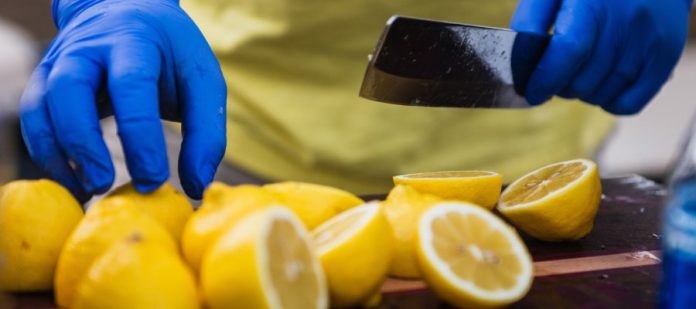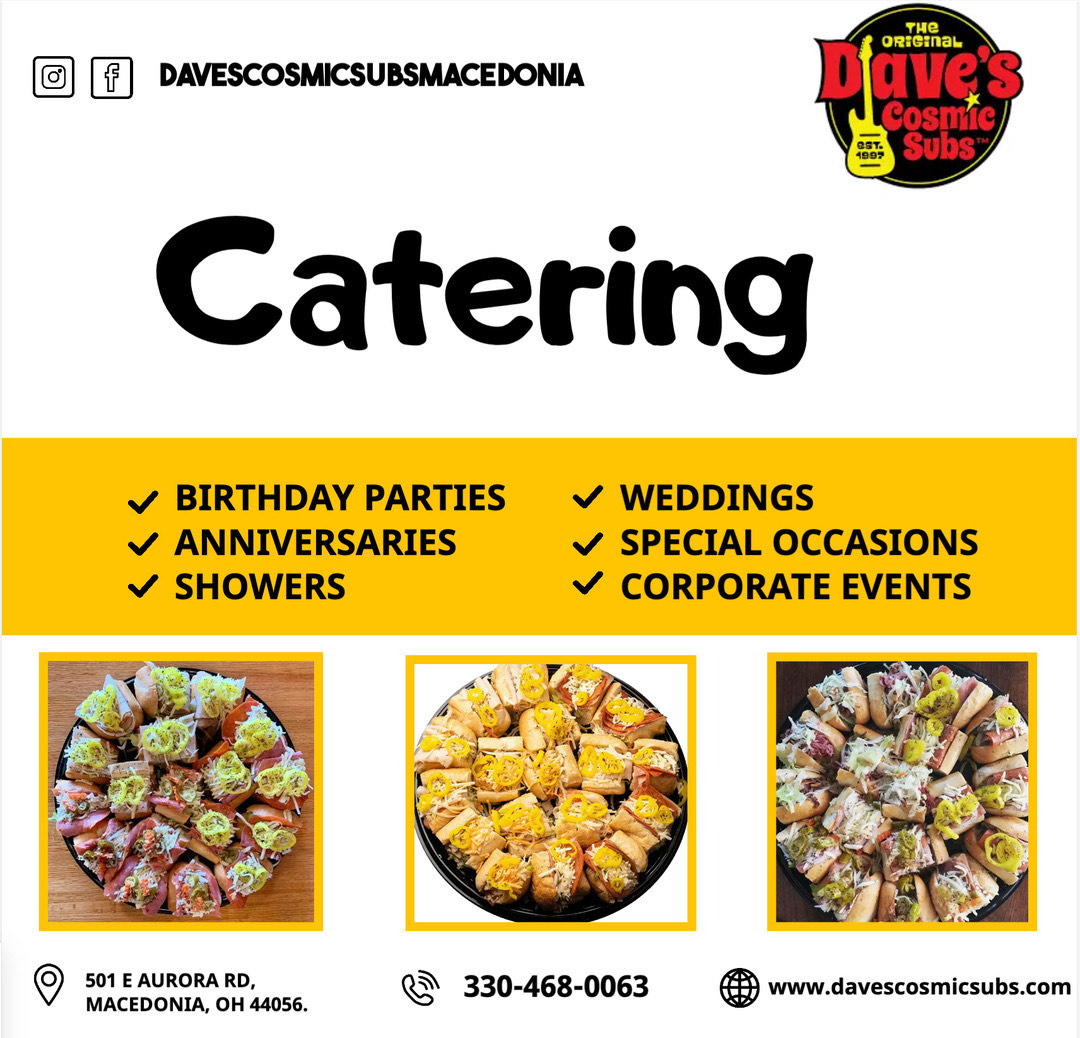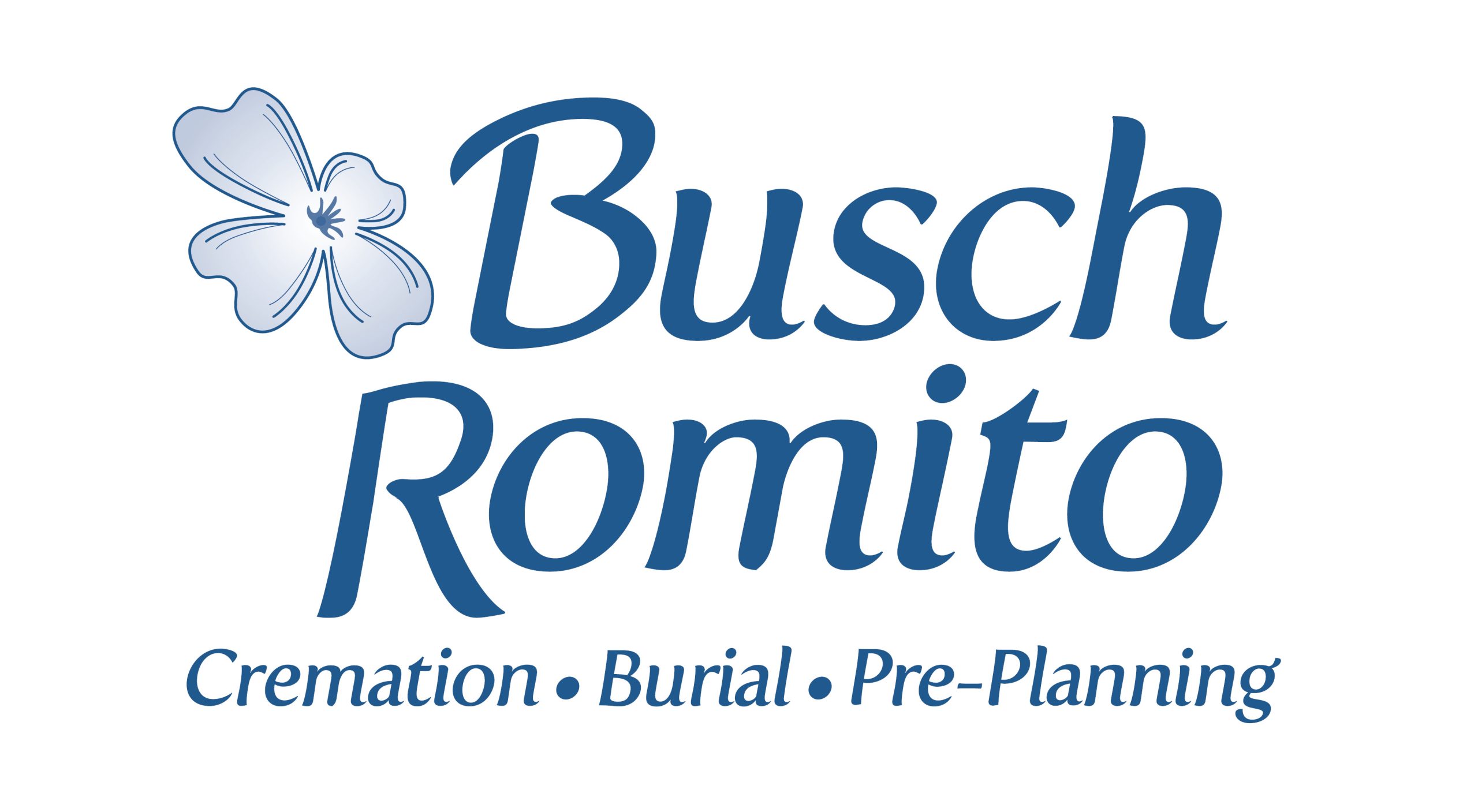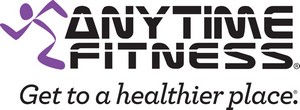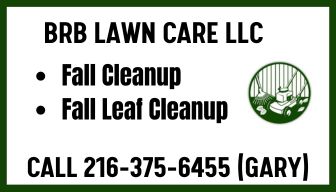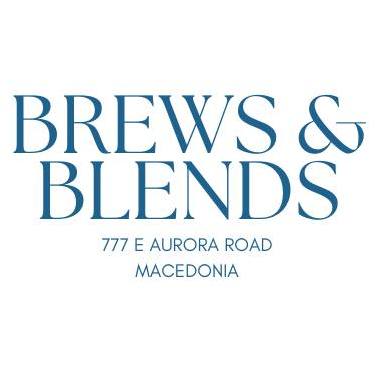Safety and food preparation should go hand in hand, especially when it comes to hygiene. Whether you’re the cook at a restaurant or an amateur chef at home, you must prepare food with safety and hygiene in mind. Poor hygiene can destroy a restaurant’s reputation or put family members in danger. Here are five food hygiene practices every cook should follow.
1. Wash Your Hands Thoroughly (and Often!)
Hands regularly encounter bacteria, viruses, and other contamination, and most germs are transferred to food through touch. Wash your hands with soap and warm water before preparing meals, scrubbing for at least 20 seconds. Whenever you handle raw ingredients, especially meats, wash your hands before and after the task. Everyone working in a kitchen must wash their hands after using the washroom or handling waste as well. Clean hands mean clean food!
2. Wear Protective Gloves
Handling raw meat or ready-to-eat foods demands gloves to prevent the spread of bacteria. Make sure you follow best practices for wearing gloves for food prep, and always choose the right gloves for the job. Above all, frequently change gloves to prevent cross contamination.
3. Keep Your Tools and Surfaces Clean
Food preparation surfaces and tools are prone to contamination. Regularly clean and sanitize them to reduce bacteria and stop it from spreading. Pay special attention to cutting boards, countertops, and knives, especially when switching between preparing raw meats and vegetables. Use only food-safe soaps and disinfectants to clean your tools and surfaces. Replace sponges and sanitize dishcloths daily.
4. Properly Store Food
When you store food in the refrigerator or pantry, it keeps it fresh and safe. Keep raw meats away from prepared foods to prevent contamination. Airtight containers provide an extra level of protection. Keep your ingredients organized and separated by food type as well as temperature needs to maintain quality and stem bacterial growth. Proper storage protects diners.
5. Monitor Food Temperatures
Controlling temperatures minimizes foodborne risks. Be aware of proper cooking temperatures, especially for meats, fish, eggs, and similar foods that are likely to spoil and promote bacteria. Conversely, keep cold foods below 40 degrees Fahrenheit. When you prepare food and leave it in warmers, maintain a holding temperature of 140 degrees to stop harmful bacteria from taking hold. Use kitchen thermometers so meat retains proper internal temperatures.
That’s a list of five food hygiene practices every cook should follow. Protect your craft and your diners by running a clean kitchen. When high standards of cleanliness meet culinary skills, quality food prevails!





